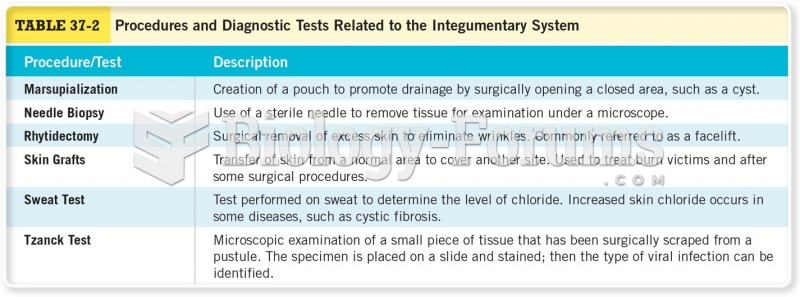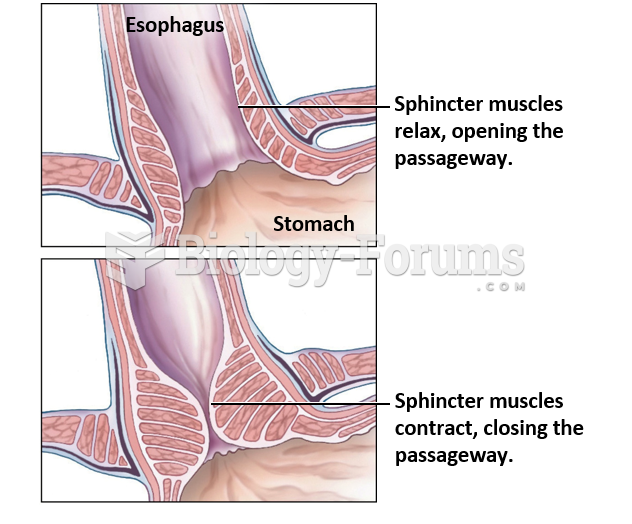Answer to Question 1
The first decision to be made in designing a performance appraisal system is whether the appraisal should be formal or informal. Formal appraisals are structured so that the dimensions workers are evaluated on and the way they are evaluated are established in advance. Informal appraisals are less formal and more frequent than formal appraisals and may range from a commendation for a job well done to criticism for missing an important deadline.
The second decision concerns what the appraisal should evaluate-traits, behaviors, or results. Traits are characteristics of the individual such as politeness or patience. Behaviors are how the worker performs the job, such as how the worker explains problems to customers. Results are the effects of the workers' behaviors in terms of actual output, such as units sold or parts made.
The third decision concerns what method of appraisal to use. Objective measures use facts and are especially useful when results are being assessed. Subjective measures are based on the evaluator's perceptions of an individual's traits, behaviors, or results.
The fourth decision concerns who should appraise performance. Besides the traditional supervisory performance appraisal, other types include self-appraisals, peer appraisals, subordinate appraisals, and customer/client appraisals. Because each of these methods has certain disadvantages, organizations often use multiple raters to assess employee performance.
Answer to Question 2
The harshness, leniency, and average tendency biases occur when different perceivers are too harsh or too lenient in their perception of targets, or view most targets as about average. Any of these tendencies is problematic for two reasons.
First, the supervisor does not correctly perceive the variations in the performance of his or her subordinates. As a result, high performers do not receive appropriate recognition and rewards for their superior accomplishments, and low performers do not receive the constructive feedback they need to improve performance. Second, these biases make it difficult to evaluate and compare the performance of subordinates who have different supervisors. A subordinate who has received relatively poor ratings from a harsh supervisor may be just as accomplished as a subordinate who has received average or high ratings from a lenient one. Evaluations biased in this manner can result in faulty decision making about pay raises and promotions.







